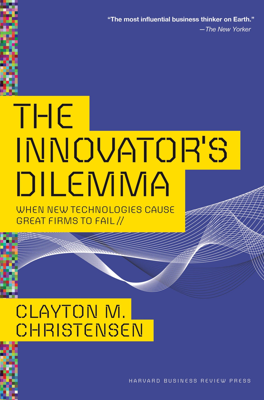How to Appraise Your Organization’s Capabilities and Disabilities
Organizational Capabilities Framework
Resources
- Resources include people, equipment, technology, product designs, brands, information, cash, and relationships.
- High-quality resources enhance an organization’s ability to cope with change but do not tell the full story of an organization’s capabilities.
- Capabilities to transform these resources into valuable outputs often reside in an organization's processes and values.
Processes
- Processes are the methods through which employees transform inputs into outputs.
- Processes include manufacturing, product development, procurement, market research, budgeting, planning, and more.
- They can be formal, informal, or cultural and define how an organization creates value.
- Processes are designed for specific tasks, which can make them inflexible when tackling different challenges, making them capable of some tasks but not others.
Values
- Values are the criteria by which decisions about priorities are made.
- Organizational values reflect the standards for prioritization decisions and often evolve in predictable ways related to acceptable gross margins and market size.
- Values align with cost structures and define which markets and projects are pursued, potentially creating disabilities in addressing low-margin opportunities.
Relationship Between Processes and Values with Sustaining vs. Disruptive Technologies
- Industry leaders excel at sustaining technologies due to established processes and values.
- Established companies struggle with disruptive technologies that do not fit their existing processes and values, despite having the necessary resources.
Migration of Capabilities
- As organizations mature, capabilities shift from being resource-based to process and value-based.
- Initially capable individuals allow an organization to succeed, but over time, processes and values become the primary drivers of success and also potential barriers to change.
Creating Capabilities to Cope with Change
Through Acquisitions
- Acquiring managers must determine if the value lies in the acquired company's resources or its processes and values.
- If success is driven by processes and values, integrating may destroy these capabilities; allowing the company to stand alone is often better.
- If resources are the primary value, integrating can leverage existing capabilities.
Through Internal Development
- Adding new resources is easier than changing processes and values.
- Processes and values are fundamentally task-specific and not easily adaptable to new tasks.
- Changing processes often requires new team structures and boundaries to develop new patterns of work.
Through Spin-out Organizations
- A separate organization is needed when the mainstream organization’s values and processes impede resource allocation to new projects.
- Spin-outs should be independent enough to avoid competing for resources within the mainstream organization, ensuring necessary focus and prioritization from the CEO.
Summary
Managers must ensure that their organizations have the necessary resources, processes, and values to tackle new challenges. Established processes and values, while contributing to success, can also create significant roadblocks when facing disruptive change. Managers should carefully consider whether their current organizational capabilities are suited for new tasks and be prepared to acquire, develop, or spin-out organizations to create the required capabilities.
